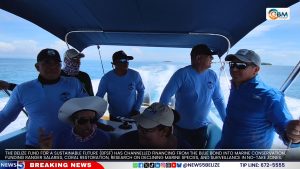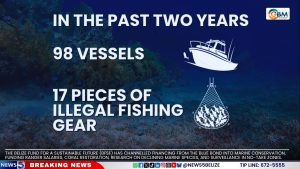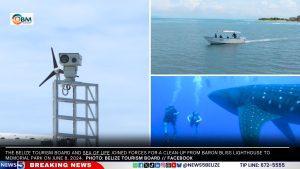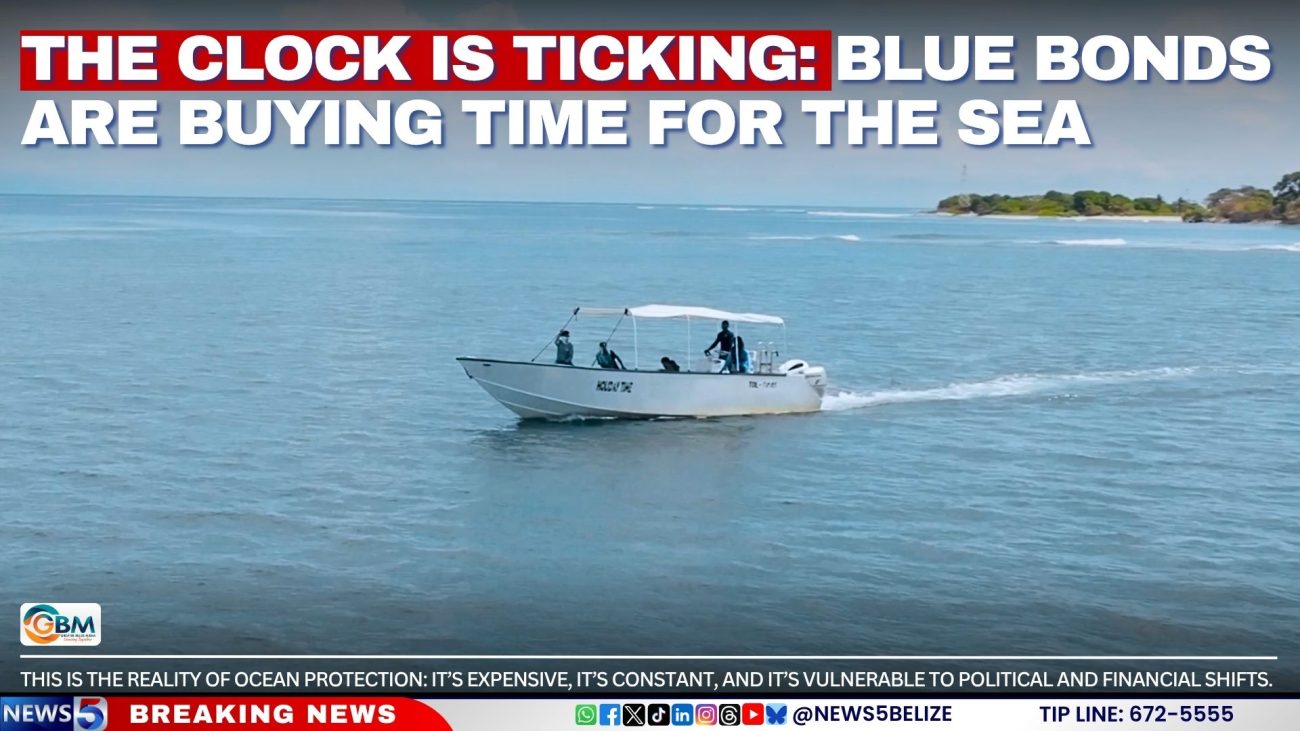The Clock Is Ticking: Blue Bonds Are Buying Time for the Sea
Belize has secured praise for protecting over 30% of its marine territory ahead of the global 2030 target. But hitting a number is only part of the work. The real test is whether these areas are actually being protected or simply marked on a map.
Since 2022, the Belize Fund for a Sustainable Future has channelled financing from the Blue Bond into marine conservation, funding ranger salaries, coral restoration, research on declining marine species, and surveillance in no-take zones.

“The Blue Bonds money is not infinite,” said Dr Leandra Cho-Ricketts, the Fund’s Executive Director. “We have a total of 80 million US coming in until 2041… We’ve invested roughly twenty-five to twenty-six million Belize already of that eighty million US.”
When the fund ends, who pays to keep these protections in place?
Dr Leandra Cho-Ricketts, the Belize Fund for a Sustainable Future Executive Director, explained that a big focus of the fund is “trying to make sure we find the right partners to connect with to support initiatives and projects that can create meaningful and impactful changes and lasting changes on the ground. So all our grantees, they’re selecting true calls, and those calls look at particular areas of priorities, and today the areas we’re looking at are directly related to protection for biodiversity and focus on marine protected area management.”

Meanwhile, climate change continues to threaten Belize’s reefs, with sites like Laughing Bird Caye suffering severe coral loss. Natasha Gibson from Fragments of Hope said, “We have had devastating losses, especially last year. We have lost a tremendous amount of corals around Laughing Bird Caye.”
Despite years of replanting, climate-driven bleaching is wiping out progress. If reefs die faster than they can be restored, what happens next? The fact is that a rich marine ecosystem is vital for tourism.
However, some key species are disappearing. Whale sharks, once a southern Belize draw, are disappearing. “We’re not seeing those numbers,” says MarAlliance’s Kirah Foreman-Castillo. “As a matter of fact, we’re not seeing any at all.”

To resist these threats, new technology like 360-degree surveillance cameras now monitor protected zones day and night. “I think it also gives them a sense of security that if something goes wrong, that they feel that someone is watching,” says Elizabeth Mushchamp of the Southern Environmental Association.
However, while the cameras, drones, and patrols are catching more illegal activity, enforcement depends on local buy-in.

This is the reality of ocean protection: it’s expensive, it’s constant, and it’s vulnerable to political and financial shifts.
Conservation demands perseverance. Mushchamp added, “We don’t have challenges; we just have situations that we deal with. Because when you put the word challenge, it seems like something so difficult to overcome. I think each area, whether it’s financing, sustainable financing, or enforcement, for each one of them comes with its own level of challenges.”






Facebook Comments